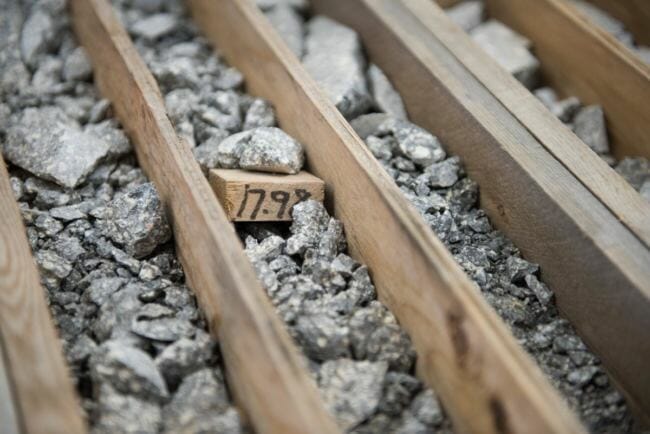
Canadian company Barrick Gold is the biggest gold mining company in the world. A proposed merger with another large gold mining company in South Africa would make it even bigger. Barrick Gold also wants to build one of the world’s largest gold mines, the Donlin gold mine, in the Yukon-Kuskokwim Delta, and this merger could have future implications for the project.
“For Barrick and Randgold, it’s an opportunity to bring together a collection of assets that will create the world’s largest portfolio of what we call tier-one gold mines,” said Andrew Lloyd, vice president of Barrick Gold’s communications.
Tier-one gold mines produce a lot of gold, have long lives and low costs. Donlin Mine could be one such mine, if developed.
Barrick owns 50 percent of Donlin Gold, the company developing the mine. Another Canadian company, NovaGold, owns the rest.
The Donlin mine would be a massive, open-pit mine. If completed, Donlin would be in the top 10 percent for gold mines in the world because of its deposit size and production. That makes it a very valuable asset for Barrick.
“There are very few gold deposits of that size and scale in the world anywhere so I think you have to look at that and say there’s a lot of value there,” Lloyd said.
But it’s located in one of the most remote regions in Alaska, and consequently, Donlin needs to build a lot of infrastructure such as roads, a long gas pipeline, a power plant and a port. And that comes with a hefty price tag: $6.7 billion, according to its 2011 feasibility study.
Currently, Barrick and its partner NovaGold are trying to crunch the numbers again to see if the Donlin Mine is worth that kind of investment.
In 2011, the feasibility study said Donlin might be too expensive for Barrick to develop based on the market prices at that time and the company’s internal rate of return, which is essentially a calculation of the costs to produce the gold.
However, Lloyd pointed out that gold mining is a cyclical business.
“Gold prices rise and fall over time, sometimes dramatically, so when you are making an investment decision that might span decades, you want to be sure that operation will be sustainable over the life of the mine,” Lloyd said.
Donlin has been moving through the permitting process after receiving its Environmental Impact Statement from the Army Corps of Engineers in April. Donlin also received many of its most important permits from federal and state agencies this year.
So Barrick and its partner Novagold can start planning an updated feasibility study. That study will be one of the final steps before the companies decide to build the mine. However, the owners are currently working on a series of optimization studies to be completed at the end of this year before they embark on the feasibility study.
Donlin isn’t the only big project in Barrick’s portfolio. Lloyd said that Donlin is comparable to two of their proposed mining projects in Chile: Pascua-Lama ($8 to 8.5 billion in 2012) and Norte Abierto ($6 billion in 2011).
Lloyd says Barrick decided to halt developing Pascua-Lama earlier this year because of costs — and environmental concerns. Reuters reports that a Chilean court ordered Barrick to cease development because of those issues — and fined the company $11.5 million.
However, Lloyd says the company is re-evaluating Norte Abierto. And he says Barrick is serious about developing Donlin.
“The challenge is cracking the nut to develop in a way that will work for all parties so again that’s what the owners are very much focused on and I would say, taking it very seriously,” Lloyd said.
Right now, Barrick is focusing on completing its merger and its current mining operations. Lloyd says doing that will help them find more cash that could help them invest in their proposed projects, like the Donlin Mine — if it moves forward.




